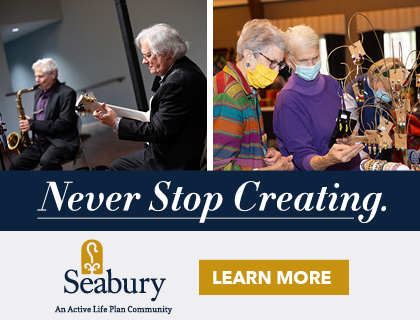World Premiere: October 16, 1942
Most Recent HSO Performance: January 23, 2009
Instrumentation: 3 flutes with second and third flute doubling on piccolo, 2 oboes, English horn, 2 clarinets, bass clarinet, 2 bassoons, 4 horns, 3 trumpets, 3 trombones, tuba, timpani, xylophone, glockenspiel, snare drum, woodblock, triangle, cymbal, whipcrack, bass drum, harp, piano/celeste and strings: violin I, violin II, viola, cello, and bass
Duration: 18'
Four Dance Episodes from Rodeo (1942)
Aaron Copland
(Born November 14, 1900 in Brooklyn, New York
Died December 2, 1990 in North Tarrytown, New York)
The great success of Billy the Kid in the spring of 1938 prompted the Ballet Russe de Monte Carlo to commission Copland four years later to write a second ballet on a cowboy theme; Agnes de Mille was engaged to devise the scenario and the choreography. Copland worked quickly on the score for Rodeo, composing it between May and September while teaching at Tanglewood. The premiere in October was received enthusiastically (“We took an extraordinary number of curtain calls that night,” the composer recalled), and Rodeo has remained among Copland’s most popular scores. The story of Rodeo is a simple one: a cowgirl, tough of hide but tender of heart, searches for — and finds — a man from the prairie whom she can invite to the Saturday night dance. Copland’s music reflects the plot’s folksiness and unaffected characters in its lean, uncluttered style, its quotations of American folk melodies, and its ebullient spirit.
Buckaroo Holiday, the first of the Four Episodes that Copland extracted from the ballet for concert performance, opens with a syncopated version of a descending scale punctuated by jazz-derived rhythms. Two folksongs, Sis Joe and If He’d Be a Buckaroo by Trade, provide the thematic material for the movement. Corral Nocturne is a modest, expressive song suffused with the moonlit stillness of the prairie. Though Copland employed no folksongs in this movement, its themes are imbued with the manner and mood of many familiar vernacular melodies. Saturday Night Waltz exudes an air of faded courtliness and manners-carefully-observed. The rhythm of the dance sways gently between 3/4 and 6/8, as though the participants were not quite sure about the proper pattern of the steps. For the Hoe-Down that closes the suite, Copland borrowed the traditional tunes Bonyparte and McLeod’s Reel to portray the foot-stomping, country fiddling, and swaggering bravado of this rousing Western square dance.
©2021 Dr. Richard E. Rodda
